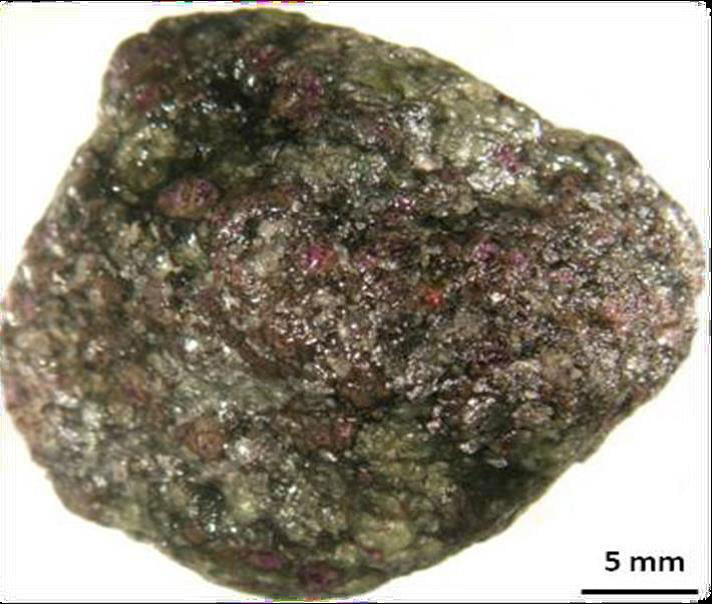Found in Russia’s Udachnaya diamond mine is a geological rarity. The golf-ball sized chunk of rock comes from deep within the Earth, and has more than 30,000 tiny diamonds nestled inside of it.
Diamonds have the distinction of being the hardest natural substance on the planet, and they’re also some pretty popular baubles: In 2013, the global demand for diamond jewelry reached a record high of $79 billion. And even though the United States doesn’t produce many diamonds (Russia produces the most by volume, and Botswana produced the most by value), we buy more than 40 percent of them.
Humans mine diamonds from close to the surface, but the gems actually form about 100 miles down in the planet’s mantle. The heat and pressure forces diamond crystals to grow out of carbon. Every once in a while (though not during recorded history — the most recent one was probably about 20 million years ago), a very violent volcanic eruption will push these gems up inside bursts of magma. In the upper crust of the planet, this magma cools into rock — and that’s the rock we tap into to get our sparkly jewelry.
But the diamonds don’t usually stay in their original settings. The rock of the mantle is (unsurprisingly) traumatized by its journey upwards, so finding a chunk of mantle rock full of diamonds (as opposed to diamonds that are seated in the cooled magma of those ancient explosions) is rare.



